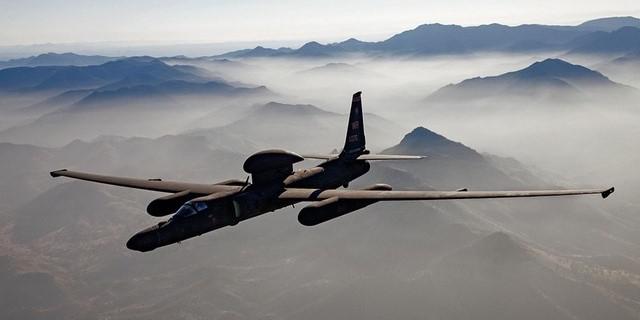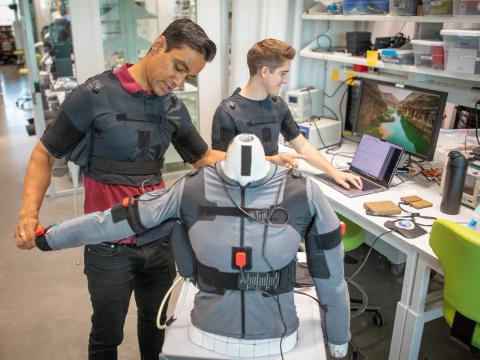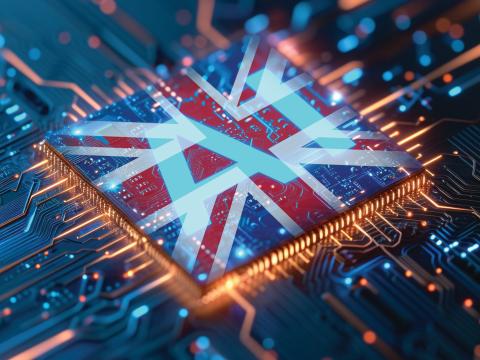IC Must Adapt to Innovation Era
Revolutionary ways to gather, parse and share information in the innovation era is propelling the intelligence community into resourceful ways of doing business. To tackle the challenges lightning-speed technology changes and applications generate, 18 U.S. intelligence organizations must accept cultural changes and risk toleration to prepare for adversaries weaponizing the same capabilities against the U.S. and its allies, experts agree.
During a recent edition of the SIGNAL Executive Video Series, Booz Allen Hamilton’s Judi Dotson, executive vice president, and Brian Green, senior vice president, agreed on several essentials to ensuring the intelligence community (IC) can increase effectiveness in a time of nonstop innovation in speaking to SIGNAL Editor-in-Chief Robert K. Ackerman.
Dotson quoted the Center for Strategic and International Studies 2021 report “Maintaining the Intelligence Edge” as a powerful synopsis of the effects of rapid technology change. “The IC stands at the dawn of a new era of technological innovation and transformation unprecedented in its history,” the report states.
“We know that rapid technology insertion is needed, but as important, we need to be thinking about the big transformation that comes with bringing all these things into our operation and the cultural change that needs to be embraced to make all of that happen,” Dotson says. “There are longstanding proven approaches that we've used for years across the IC that are going to need to change and that’s really uncomfortable. But if we don’t take that risk, it will be difficult if not impossible to get where we need to be.”
Regarding the technology, Green says artificial intelligence (AI) and machine learning (ML) are among a handful of capabilities that will be incredibly influential. “I'd say AI/ML is probably one of the driving forces behind a lot of the change that we're going to see in the intelligence community, across critical infrastructure and in the [U.S.] Defense Department as well,” he relates.
As an example, Green points to the U-2 Dragon Lady aircraft, the first aircraft to use AI as part of an operation to complete a complex mission. “AI was the co-pilot. While the pilot was flying, the AI was controlling the sensors. That was a really a watershed milestone in the use of AI that we’re going to see in the intel community,” he shares.
5G also will change communications more than anticipated, he adds. “We’re going to see a proliferation of Internet of Things (IoT) devices and that can be massive amounts of machine-to-machine communications, a lot of data processing at the edge, Green explains. Coupling 5G and AI will impact the IC on both sides of the spectrum, he adds.





Comments